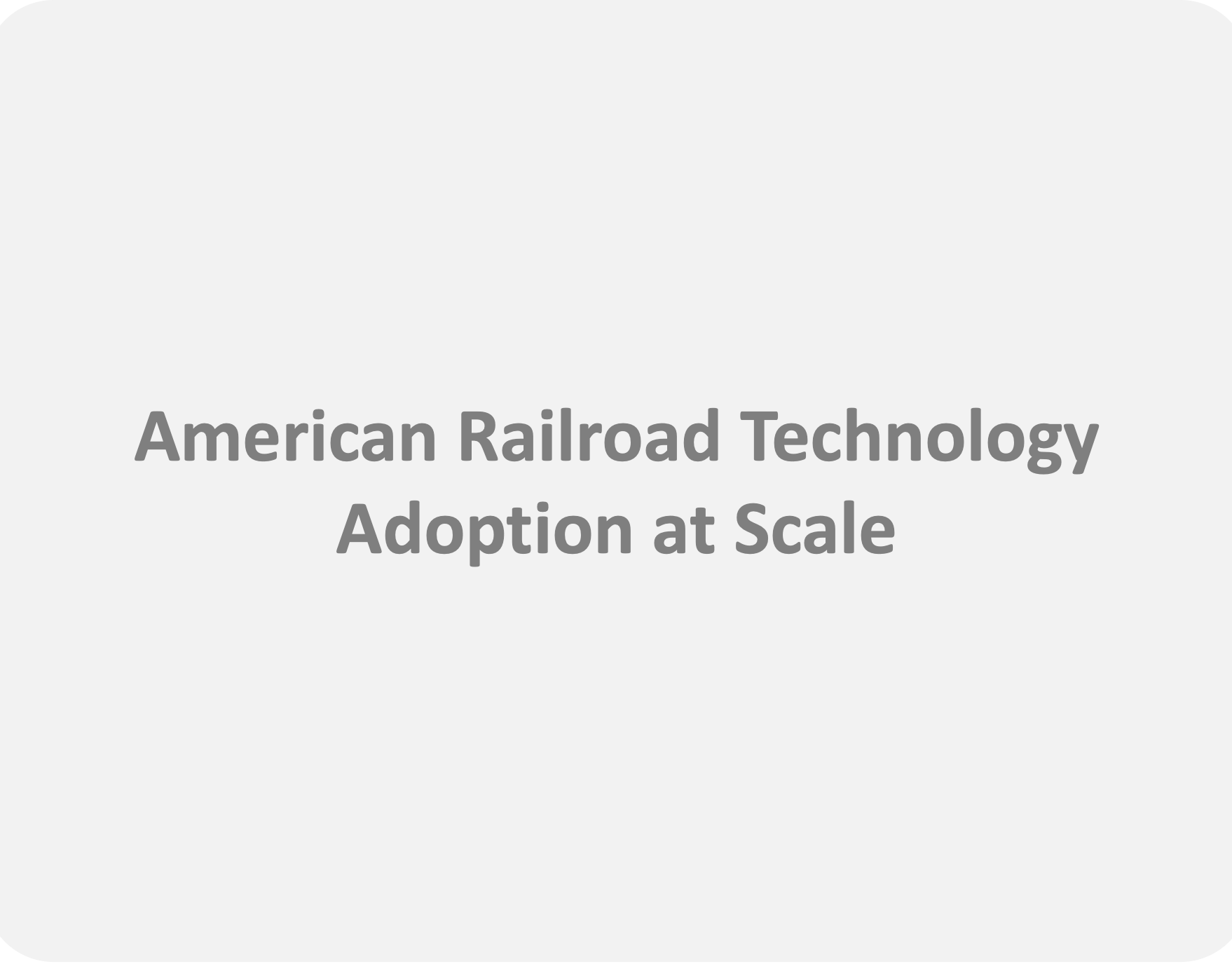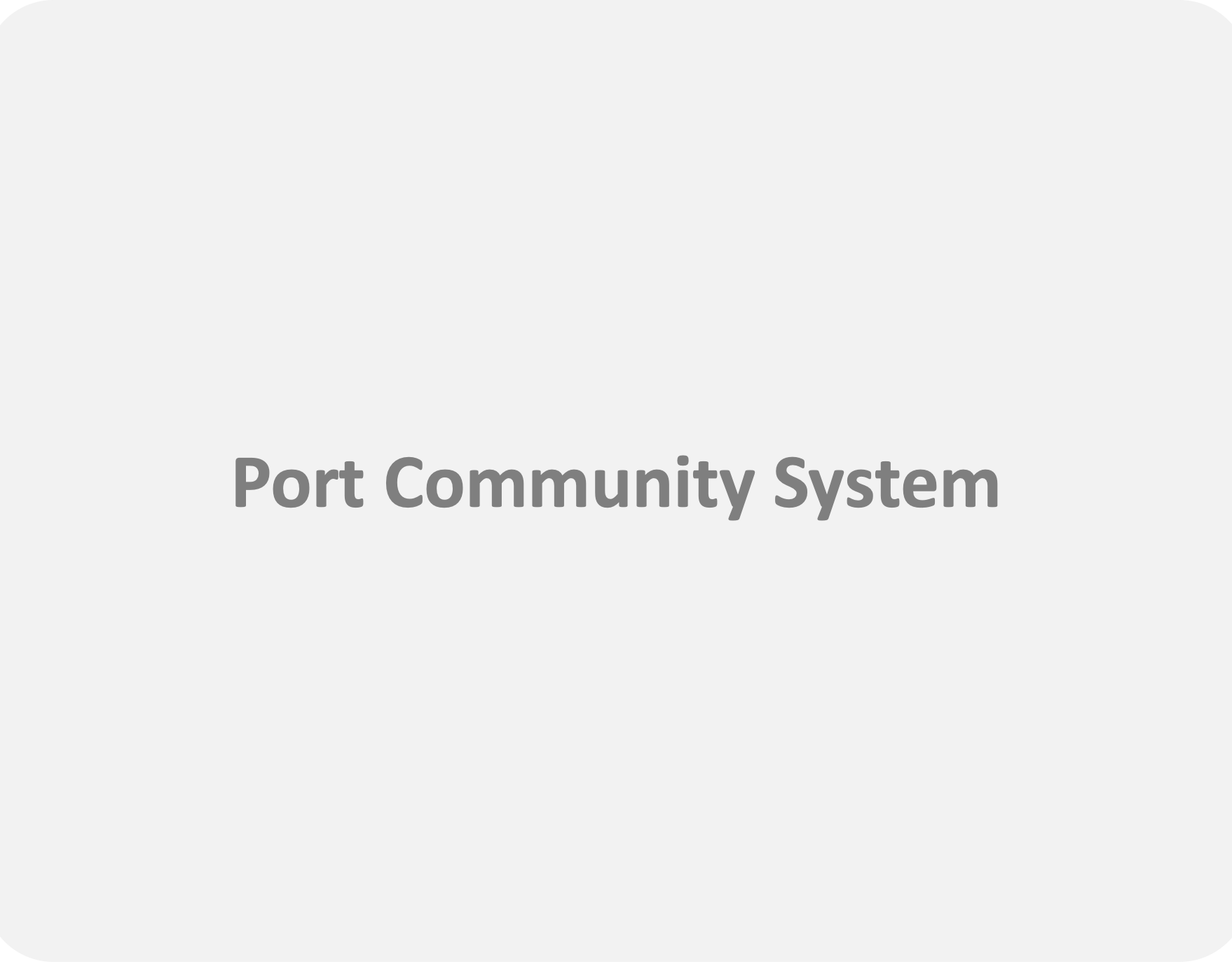UX: Overcoming common hurdles of Legacy Platforms
Digital Transformation of Legacy Organizations
Legacy Platforms - Mission Critical But Outdated
Legacy platforms are older computer systems and interfaces that remain in use because they are deeply embedded in critical business operations, even though they predate modern design and user experience standards. They often form the backbone of industries like finance, logistics, and manufacturing, where reliability and continuity are valued more than modernization. These systems are stable and proven, but their age makes them difficult to adapt to today’s expectations for usability and integration.
One well-known example is IBM AS/400 (now called IBM i). Introduced in the late 1980s, it was designed as a midrange business computer for transaction-heavy workloads. It is renowned for its reliability and security, which is why many organizations still depend on it. However, applications on AS/400 are often written in older programming languages like RPG or COBOL, and the interfaces are text-heavy, making them unintuitive for modern users who expect graphical dashboards and mobile access.
Then there are green screen terminal interfaces, which refers to text-based displays common in mainframe and midrange systems. These interfaces rely on keyboard commands rather than graphical menus, and while they are efficient for trained operators, they can be intimidating and confusing for new users. Despite their limitations, green screens are still found in industries such as freight rail, banking, and supply chain management, where legacy workflows persist.
In short, legacy platforms like AS/400 and green screens are mission-critical but outdated. Organizations often face the challenge of balancing modernization with operational continuity, layering modern UX solutions on top of these systems through APIs, web portals, or middleware rather than replacing them outright. This approach allows businesses to preserve the reliability of legacy systems while gradually improving usability and accessibility for today’s workforce.
Pros and Cons of Replacing Legacy Platforms
Pros:
Modern UX: Intuitive, graphical, and mobile-friendly interfaces improve adoption and efficiency.
Integration Ready: Cloud-native systems connect easily with APIs, analytics, and automation tools.
Future-Proofing: Easier to scale, update, and adapt to new technologies.
Talent Availability: Larger pool of developers familiar with modern languages and frameworks.
Competitive Advantage: Enables faster innovation and customer-facing improvements.
Cons:
High Cost: Full replacement can require millions in investment.
Operational Risk: Migrating data and workflows risks downtime or errors.
Cultural Resistance: Staff accustomed to legacy workflows may resist change.
Time-Intensive: Large-scale modernization projects can take years to complete.
Loss of Proven Reliability: New systems may not match the stability of decades-old platforms immediately.
Common UX Hurdles in Legacy Platforms
Legacy platforms face several UX hurdles: their outdated interfaces (like green screens) are unintuitive for modern users, technical constraints limit design flexibility, and integration challenges make connecting with newer systems difficult. Organizations also struggle with resistance to change, skill gaps in legacy languages, and technical debt, all of which slow down modernization and hinder user-centered improvements.
Resistance to Change: Established processes and risk-averse cultures make it hard to adopt new design practices.
Technical Constraints: Outdated infrastructure limits the application of modern UX principles.
Short-Term Focus: Business priorities often overshadow long-term user experience goals.
Lack of User Research: Decisions are made without sufficient insight into user needs.
Data Migration & Integration: Moving critical data from legacy systems to modern platforms risks loss or inconsistency.
Technical Debt & Code Complexity: Poor documentation and outdated languages make systems hard to maintain.
Skill Gaps: Teams may lack expertise in modern UX and design practices.
Strategies to Overcome These Challenges
Organizations can overcome UX hurdles in legacy platforms by educating stakeholders on UX value, starting with small pilot projects to show quick wins, and using iterative design with continuous testing. They should prioritize user-centered research, adopt phased modernization in high-impact areas, leverage data-driven decisions, and invest in modern architectures and team skill development to bridge gaps between old systems and modern expectations.
Educate & Evangelize: Show stakeholders how UX directly impacts business outcomes.
Start Small: Pilot low-risk projects to demonstrate value before scaling.
Iterative Design: Use continuous testing and refinement to improve experiences.
User-Centered Research: Prioritize contextual research to uncover real workflows and pain points.
Phased Modernization: Focus on high-impact areas first, such as customer-facing portals.
Data-Driven Decisions: Use analytics to prioritize features and measure improvements.
Modern Architectures: Adopt microservices, APIs, and modular design for flexibility.
Skill Development: Invest in training teams to bridge gaps between legacy and modern UX practices.
Legacy platforms don’t have to be UX dead ends. With incremental modernization, stakeholder buy-in, and user-centered design, organizations can transform entrenched systems into intuitive, efficient experiences that meet modern expectations.



